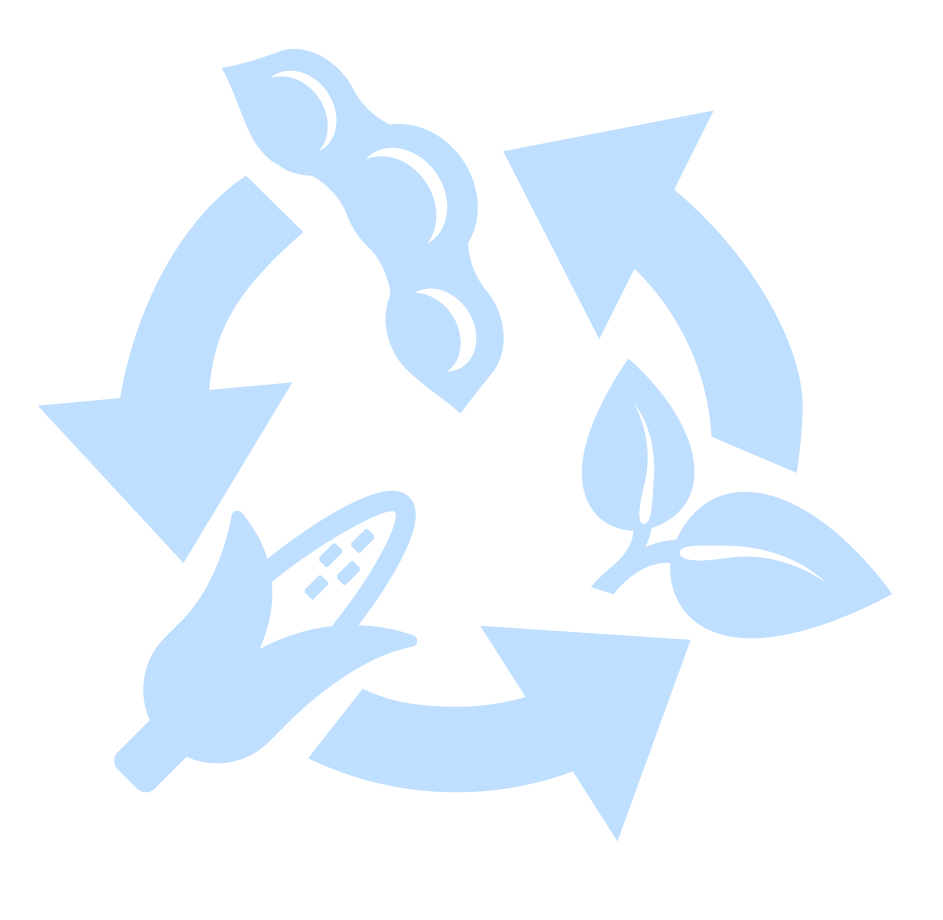Extended Crop Rotation: A planting cycle of different crops such as grasses, legumes or small grains along with corn and soybeans to help improve soil health and decrease insect and disease pressure. The practice can help improve water quality by extending the number of months the soil is covered with actively growing plants.
Economics have driven most producers toward row crop agriculture (corn-soybean rotations or continuous corn). An extended crop rotation that includes small grains and forages can help improve water quality and can be economically as competitive for producers. The Iowa Nutrient Reduction Strategy science assessment shows that a 5-year crop rotation including at least two years of alfalfa will reduce nitrate losses to surface water by an average of 42 percent. Long term studies at Iowa State University have suggested a possible role for extended rotations of three years - involving oats and red clover - while maintaining profitability.
The advantages of more diversified crop rotations include dispersed workload, improved weed control, increased crop yields, potential for improved profitability, which in turn can reduce profit variability, and reduced fertilizer and herbicide requirements. The disadvantages include additional labor and equipment requirements, lack of experience and the lack of a market in many areas for small grains and forages.
Additional resources:

